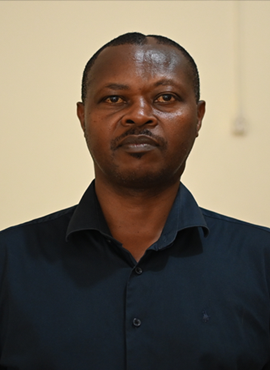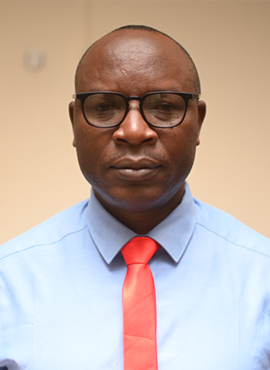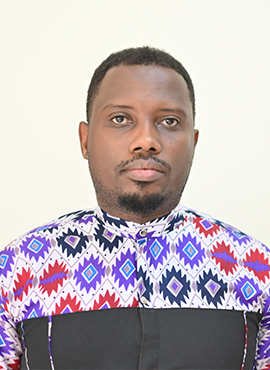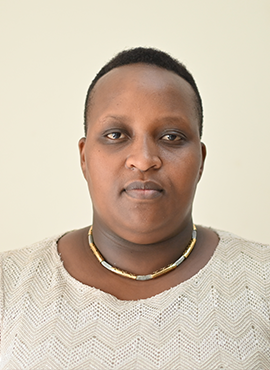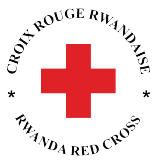Institutional capacity development
- Rwanda Red Cross
- Who We Are
Who We Are
The idea to start the Red Cross Movement was born in 1859, after a bloody battle between Austrian and French-Sardinian troops at Solferino (Italy) by a young Swiss man, Henry Dunant. Approximately 40 000 men were dead or wounded at the battlefield and there was nobody to nurse the wounded.
Dunant organized local population to bandage the wounds, to feed and comfort the soldiers. When he went back home, he pioneered the idea to establish first aid national societies to take care of wounded soldiers during wartime. His work has steadily expanded ever since and set down the future Geneva conventions.
“Wouldn’t be there an approach, during peacetime, to set up the first aid societies whose goal would be to take care of wounded in wartime, by zealous, devoted and well trained volunteers, for such action?” Dunant asked.
In 1863, a committee of five Genevans led by Henry Dunant came together to establish Red Cross. At its very early start, it was the first aid international committee for wounded. Soon after, this name changed into International committee of Red Cross. The movement’s emblem was a red cross with a white background, an inverted Swiss flag. The next year, 12 governments adopted the First Geneva Convention, a vital step in the history of humanity since this convention envisaged the first aid service for wounded and defined medical services as “neutral” at the battlefield. .
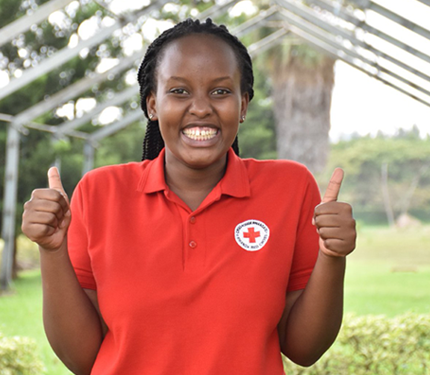
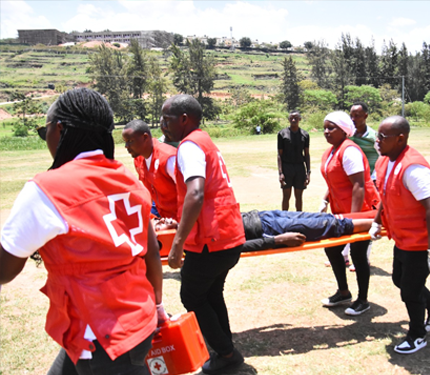
Background
Rwanda Red Cross Society (RRCS) commenced its operations in Rwanda in 1964. It was created through a presidential decree number 8/13 of 29 December 1964.
The last strategic plan was from 2017 to 2022. This Strategic Plan was implemented through six core strategic directions, namely;
-
-
Institution image and humanitarian diplomacy promotion
-
Model village approach towards community resilience
-
Health and disaster Emergency Management
-
Public awareness for health promotion and care
-
Social protection of specific vulnerable groups
What they’re talking
about Rwanda Red Cross
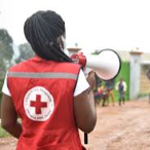
She has often shared her perspective on the impact the Red Cross has in communities, especially in areas affected by disaster or health crises.
Yvonne Kayonga
Rwanda Red Cross Volunteer
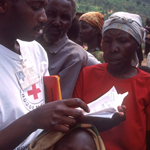
Kagame has emphasized the Red Cross’s critical role in fostering social cohesion and offering vital support during difficult times.
Paul Kagame
Rwanda's President
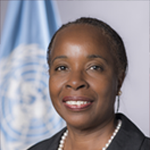
Fatoumata Ndiaye, the UNHCR representative to Rwanda, has also praised the Rwanda Red Cross for its role in supporting refugees in the country.
Fatoumata Ndiaye
UNHCR Representative to Rwanda
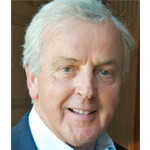
He acknowledged the Rwanda Red Cross as an essential partner in addressing humanitarian needs during emergencies, such as during the 1994 genocide aftermath and later natural disasters.
John Holmes
Former UN Under-Secretary-General for Humanitarian Affairs
Rwanda Red Cross Society (RRCS) commenced its operations in Rwanda in 1964. It was created through a presidential decree number 8/13 of 29 December 1964.
Contact
KG 15 Ave, Kacyiru
Kigali, Rwanda
© All Copyright 2025 by Rwanda Red Cross

